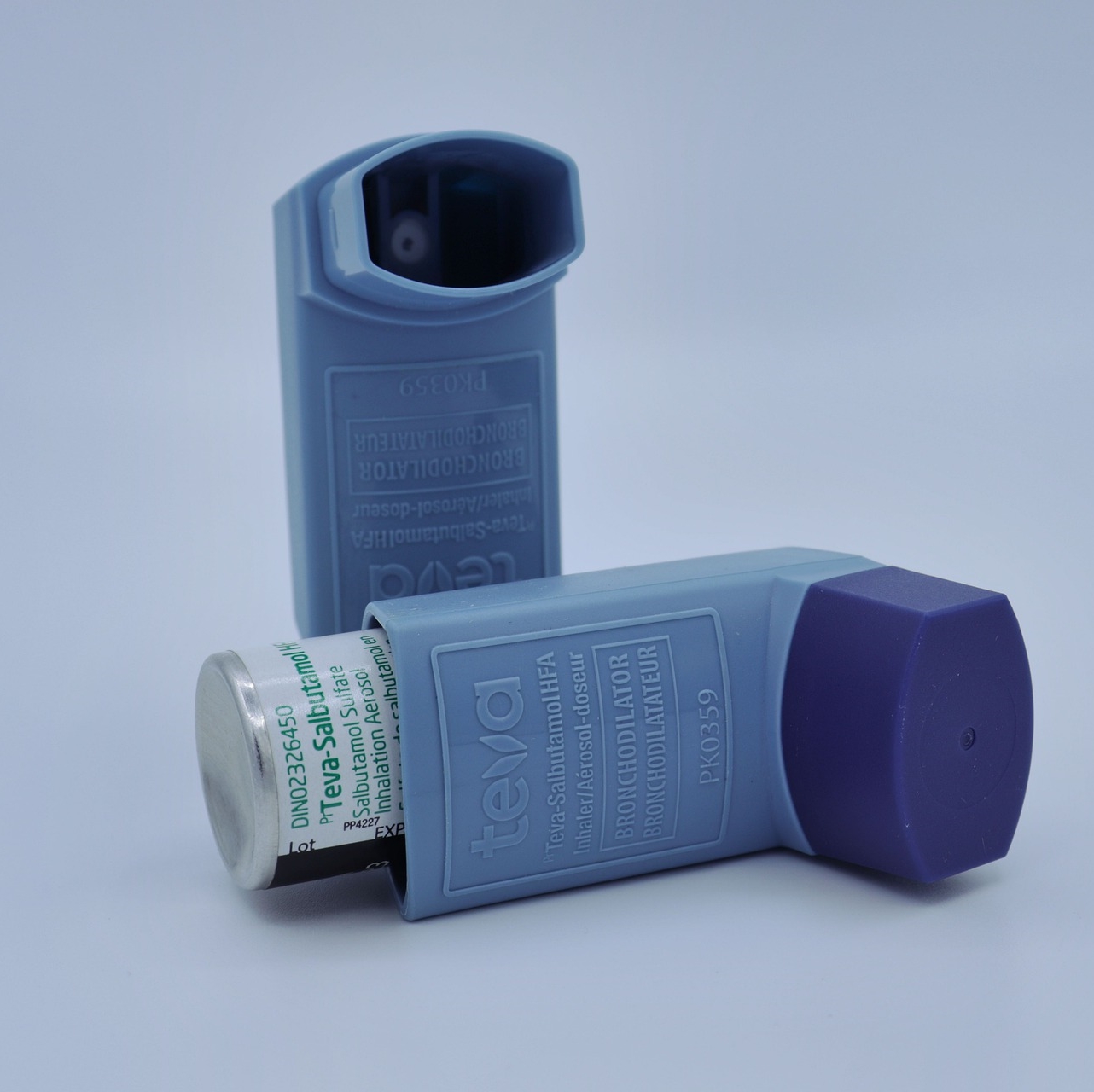Prevalence and associated factors for asthma in adults in Quito: a cross-sectional study
Keywords:
asthma,, prevalence of asthma, asthma in adults, Quito, Latin America, Respiratory symptomsMain Article Content
Background
Although several epidemiological studies of asthma have been carried out in Ecuador in the last two decades, none of these has estimated the prevalence of asthma in adult populations.
Objective
To estimate the prevalence of asthma symptoms in adults in the city of Quito and to identify possible associated factors.
Methods
A cross-sectional study was carried out on subjects older than 18 years residing in the Metropolitan District of Quito. The Global Asthma Network (GAN) questionnaire was applied to collect information on asthma symptoms and sociodemographic and lifestyle data. Bivariate and multivariate analyses with logistic regression were used to identify asthma-associated factors.
Results
2,476 subjects answered the questionnaire (80.9% women, mean age 40 years). The prevalence of wheezing in the last 12 months, asthma ever, and asthma diagnosed by a doctor were 6.3%, 1.9% and 1.6%, respectively. The prevalence of rhinitis and eczema was 13.7% and 5.5%. The presence of mould at home (OR: 2.13; 95% CI: 1.48-3.06; p <0.001), cat at home (OR: 1.06; 95% CI: 1.06-2.13; p <0.022) and rhinitis at some time (OR: 3.65; 95% CI: 2.53-5.29; p <0.022) were associated with the presence of wheezing in the last 12 months.
Conclusions
Our study shows that, compared to other cities in Latin America, the prevalence of asthma in adults in Quito is relatively low. Along with the presence of rhinitis, factors related to housing quality are closely linked to the occurrence of asthma in adult populations.
Downloads

This work is licensed under a Creative Commons Attribution-NonCommercial 4.0 International License.
The copy rights of the articles published in Colombia Médica belong to the Universidad del Valle. The contents of the articles that appear in the Journal are exclusively the responsibility of the authors and do not necessarily reflect the opinions of the Editorial Committee of the Journal. It is allowed to reproduce the material published in Colombia Médica without prior authorization for non-commercial use


 https://orcid.org/0000-0003-4507-5519
https://orcid.org/0000-0003-4507-5519